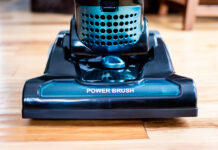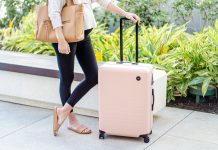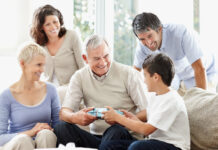September is recognized as baby safety month. There is nothing parents, relatives, friends, and guardians want more than for the baby in their life to live a safe, happy, and healthy existence. Although we should put our baby’s safety as a top priority all year long, it is helpful to have a month dedicated to promoting safety for our children. Whether you are a new parent or an experienced one, brushing up on infant and child safety in a variety of situations, including daily routines can decrease the chances of accidental injuries to your baby. We have compiled a list of useful information, tips, ideas, and suggestions on a few important areas to help ensure you are providing a safe environment for your baby at all times. Encourage anyone that spends time with your little one to take a few minutes to review this information as well. The more people who are educated on the topic of child safety, the more likely we are to improve the outcome of babies in general.
Crib/Sleeping Safety

A newborn baby spends a lot of time sleeping, sometimes upwards of 16 to 17 hours a day. This means your baby is spending a lot of time in a crib or similar sleeping arrangement. As parents ourselves, we know many of you spend the entire time baby is sleeping checking on him or her. However, it is also important for you as parents to get rest as well and it will be difficult if you are getting out of bed every hour to make sure your baby is okay. Following these tips will allow both you and your little one to get a good night’s sleep:
- Choose a firm mattress that fits properly in the crib.
- Always use a fitted sheet that is for the specific size of the mattress.
- Lay your baby on their back to reduce the risk of Sudden Infant Death Syndrome (SIDS).
- Avoid using bumpers in the crib.
- Remove blankets and pillows.
- Utilize a sleep sack to keep baby warm.
- Keep toys and stuffed animals out of the crib.
- Do not place the crib near a window that has blinds with strings or cords within reach.
- Have a working smoke alarm and carbon monoxide detector installed outside of the baby’s room.
- Do not place shelving, pictures, or other decor over a crib that could fall off the wall and into the crib.
Bathing and Water Safety

Believe it or not, a baby can drown in less than an inch of water. Whether you are giving your baby a bath, taking them swimming in a pool, or letting them play with water toys, your child is at risk of drowning. No matter what the circumstances are you should never leave your baby unattended when in or around water. Always communicate with the other adults around and never assume that someone else is watching them. To reduce the chances of accidental drowning and other water related injuries:
- Check the water with your wrist before placing baby in the water.
- Set your water heater to 120F to avoid burning your baby when bathing.
- Always immediately drain the water from the bathtub when finished using it.
- Do not use a bathtub seat unless constantly supervising.
- Use a toilet lock to keep children from lifting the lid and falling in.
- Use a fence around your pool that is at least 5 feet tall.
- Use a pool alarm that alerts if someone is entering the water.
- Remove ladders from above ground pools when not in use.
- Do not let your child use inflatable floatation devices when not being supervised.
- Talk to babysitters about pool safety and the pool rules.
Car Seat Safety

One of the most nerve wracking places to put your baby is in a moving car. We know there are so many dangers driving in a car and the unknown is terrifying. Despite this, parents have errands to run and places to be, and sometimes they just need to take baby along for the ride. When in the car your child should always be secured in a carseat located in the back seat of the vehicle. This non-negotiable rule (i.e. law) along with these others should be followed at all times when driving your child:
- Your baby should be in a rear-facing car seat until they are at least 2 years old; check your car seat’s height and weight limits because the longer children are rear-facing the better.
- Purchase extra car seat bases to be used in additional vehicles that your child will be riding in.
- Check the car seat angle indicator to make sure the recline is correct.
- Always keep the harness buckled.
- Place the chest clip level with your baby’s armpits.
- Do not add pillows or blankets to make your child fit properly. Only use the provided inserts as needed.
- Only use seats that handle your baby’s specific weight.
- Check the car seat label to make sure seat is not expired.
- Do not attach any hard or sharp toys that could become projectiles to the car seat.
Playtime Safety
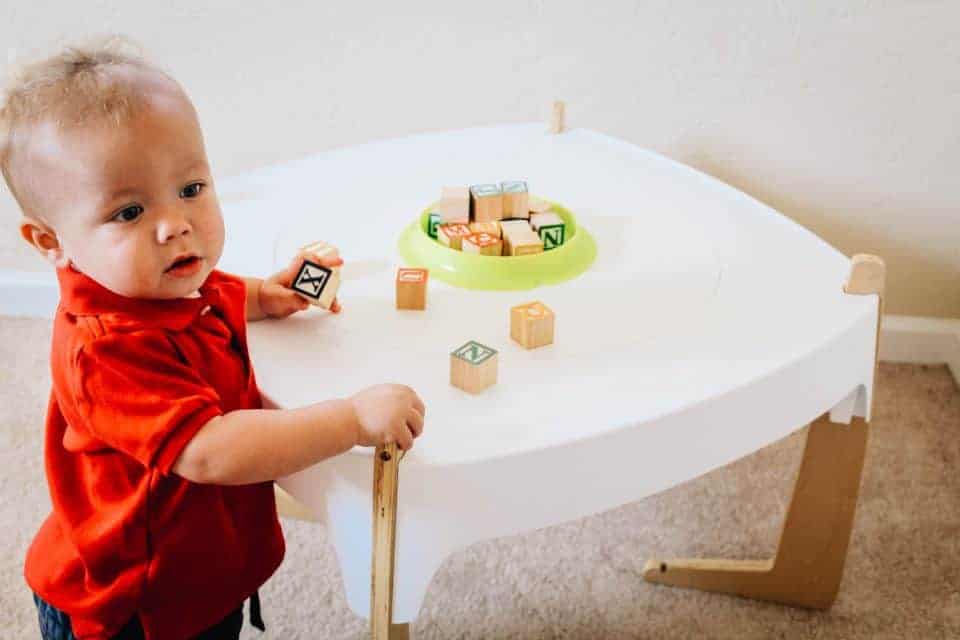
Playtime is a huge part of your baby’s routine. Having toys available for your child to play with will keep them entertained and active. However, there are some safety issues that need to be considered when letting your children play with certain toys. Always follow each specific toy’s instructions, and read warning labels to make sure you are avoiding potential hazards. Also, remember these safety suggestions during playtime:
- Follow the age requirements of each toy before allowing your baby to play with it.
- Avoid toys with small parts that could be choked on.
- Check the toys for sharp parts that could cut or scrape baby’s skin.
- Keep toys stored in a bin or chest to prevent tripping or stepping on toys.
- Disinfect toys regularly, especially after another child has played with them.
- Do not let dogs or other pets play with baby’s toys.
- Occasionally check to see if any of your child’s toys have been recalled.
- Keep older children’s toys separated from baby’s toys.
General Baby Safety

Dangers are lurking all over your house that you may not even realize are hazardous to your baby. This section is dedicated to ensuring your baby’s general safety in all the areas of your house.
- Keep batteries and other small, loose items out of reach.
- Keep babies strapped in when using high chairs and swings.
- Secure furniture to the wall with mounts and brackets to prevent them from tipping over.
- Use safety gates to keep children off stairs.
- Do not use grills or generators near your baby’s window.
- Make sure a bottle has sufficiently cooled after warming before feeding baby.
- Place barriers in front of fireplaces and furnaces.
- Do not overload electrical outlets.
- Put all medications away in a place baby cannot access.
- Keep household items that can be considered poisonous locked up.
Although this is a lot of information to consider and can seem quite overwhelming for parents, this is just the surface when it comes to making sure your baby is safe. To ensure your baby’s safety even more we encourage you to learn lifesaving measures such as How to do Infant CPR.
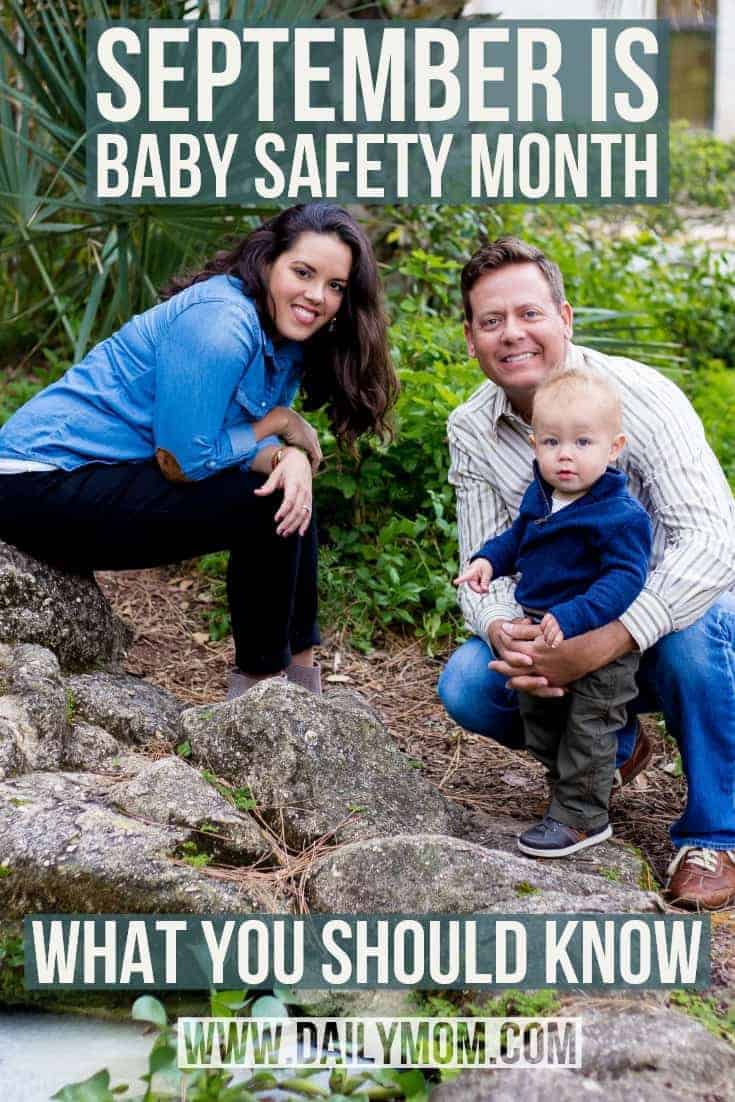
This post is meant for educational purposes only. It is not intended to replace medical advice from your physician, doctor or health care professional. Please read our terms of use for more information.
Sources: Baby Sleep Basics, Safe Kids Worldwide, Prevent Drowning
Picture Credit: Sasha Staton, Kristin dePaula






